The future is here; welding is no longer a dark, dirty, hot trade. Increasingly, it is backed by advanced technology like robots, co-bots and augmented reality.
The trade of welding conjures up images of dirty, dark workshops full to the brim with traditional tools and machinery prone to throwing off sparks and fumes. But, with the advent of automation, robots, co-bots and a range of other advanced welding technologies, this perception is becoming more and more outdated.
Welding is a far less dangerous, arduous job than ever before. Increasingly, Australia’s world-class welding workshops are light and bright, and fitted-out with some of the most advanced technology available.
This change is being driven, in part, by the adoption of Industry 4.0 production processes— the intelligent and productivity-boosting networking of man and machine for an automatic flow of data within the production chain.
Welding 4.0 is rapidly gaining traction in Australia, for good reason.
 Benefits of Industry 4.0 for Welding
Benefits of Industry 4.0 for Welding
Industry 4.0, as well as concepts such as the smart factory and digital transformation, present myriad opportunities for welders and fabricators. Industry 4.0 encompasses the rapid technological change that is disrupting businesses across all industries. Advances in communication technologies, devices connected to the internet and data analytics are occurring at a much faster pace than at any other time in history. With the proliferation of smart sensors and the resultant data, welders and fabricators are now able to access insights that have helped to optimise operations and improve efficiencies.
Improvements in Efficiency and Productivity
Industry 4.0 and advanced welding technology is already helping welders and fabricators improve their efficiency and productivity. More and more, to ensure their global competitiveness, businesses are investigating ways to save money and reduce their overheads. The best way to do so is by undertaking operational efficiency improvements that help reduce or eliminate redundancies, errors, bottlenecks and waste.
Welding 4.0 and advanced welding technology play an essential role in creating lean manufacturing processes. The right type of technology can help eliminate workflow delays and duplications and accelerate entire processes through the automation of individual tasks.
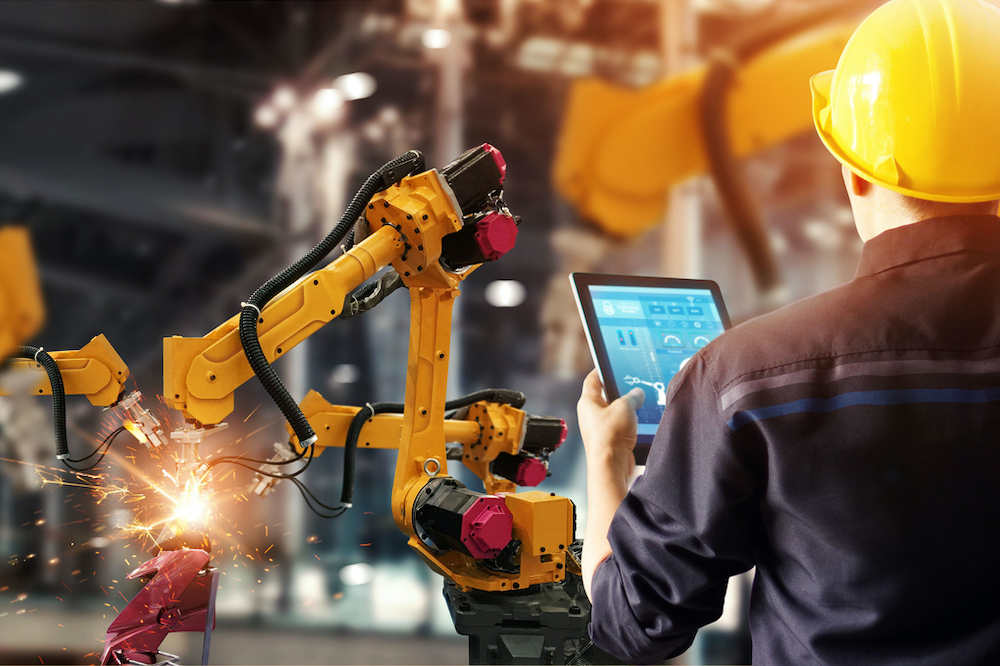
Superior Quality and Repeatability
Industry 4.0 production processes are proven to deliver superior quality outcomes and higher repeatability. Any process that improves weld quality and repeatability is worthwhile. Welding is not just a commodity, or a simple, straightforward process. When welds fail, the results can be disastrous. A poor quality weld can be hugely expensive, and can cause massive damage, injuries, and even fatalities.
Bolstered Competitiveness
The adoption of Industry 4.0 methods in welding helps to offset costs associated with labour, inspection and rework, placing fabricators in a better position to bid, and deliver on, projects. With access to detailed data on factors like production, planning, quality management, welders can deliver more accurate costings and have greater confidence in their ability to comply with international and Australian Standards.
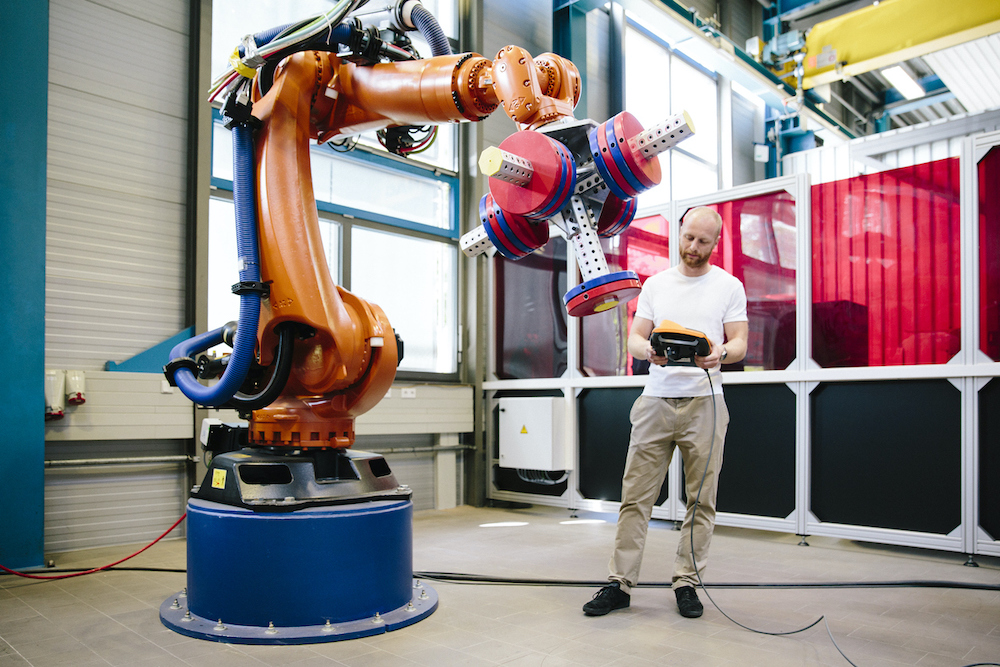
Better Conditions for Welders
Technological innovations allow businesses to make better use of human skill and innovation, with machines taking over mundane tasks so that employees can focus on critical thinking, quality and creativity. This opens up new opportunities for businesses to improve and optimise their operations.
It can also result in other, more indirect, payoffs. For instance, using a plasma welding machine or a Microsoft HoloLens, or programming a robot, can be more interesting than traditional MIG or TIG welding. Several Weld Australia members that have invested in advanced technology have reported marked improvements in recruiting, training and retaining staff long-term as a direct result.
In addition, advanced technology is helping to make welding a far safer profession. For instance, the use of robots and co-bots (particularly in confined spaces) helps to remove welders from immediate exposure to welding fumes, ultraviolent radiation, heat and sparks.
With advancements in robotics technology, and the likelihood of increased industry uptake, the issue of welder employment rates is inevitably raised. Media frequently reports that the more robots we use, the less jobs there are available. This is rubbish. Robots automate processes, making these processes more efficient, thereby generating even more work.
Real World Examples
SSS Manufacturing
SSS Manufacturing was established with the objective of fabricating structural steel in the most cost-competitive way using ‘artificially intelligent’ robotic technology. Their Brisbane plant is staffed entirely by robots and directed by IR4, an artificially intelligent software platform that analyses 3D plans to plot the most cost-effective way to fabricate custom-made structural steel sections. Their technology has reduced error rates, slashed their costs and more than halved the number of hours required to produce a ton of fabricated structural steel. Their task-based automation system is able to review a 3D drawing, decipher the tasks required, and calculate how to complete a task in the most efficient way possible, in real time.
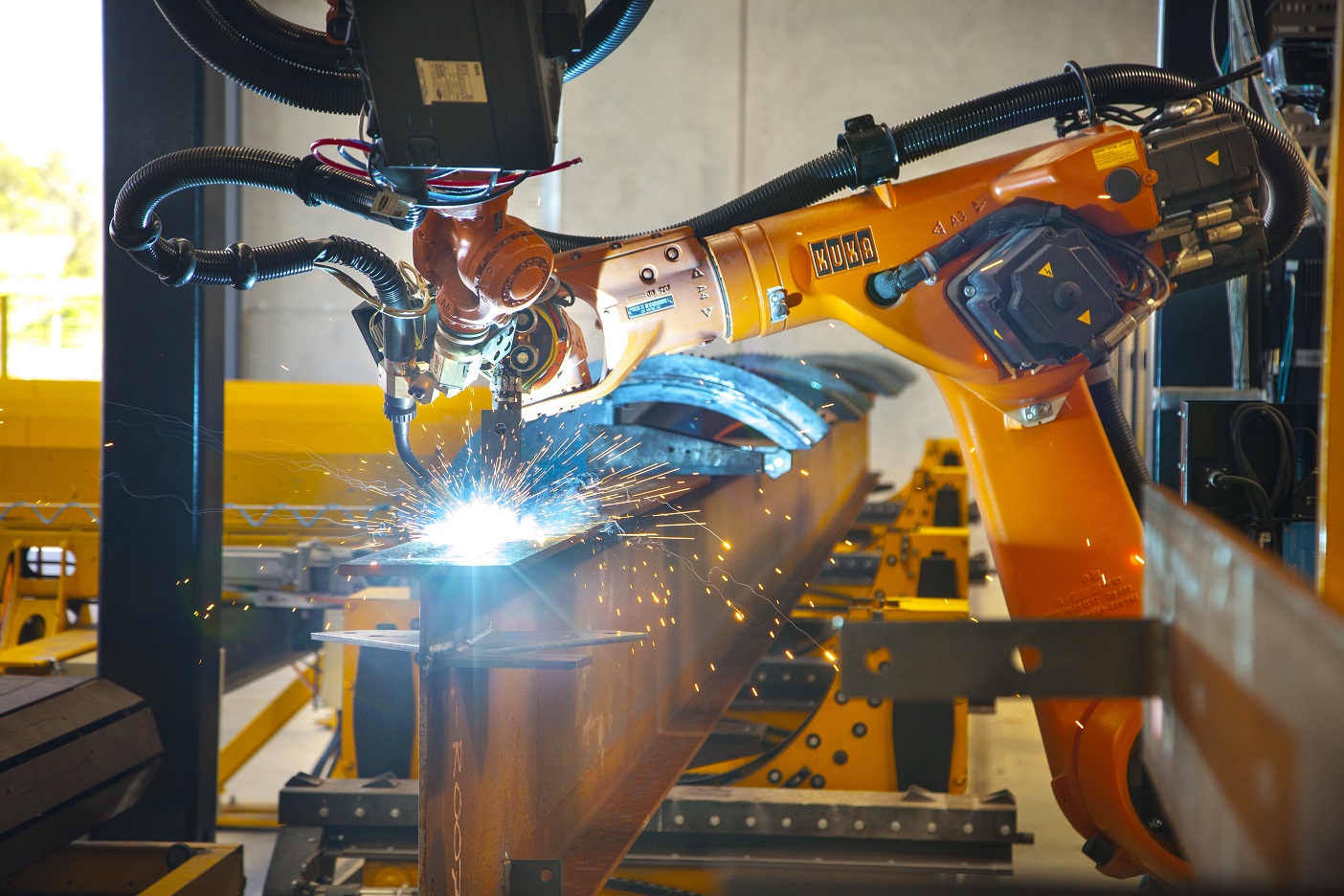
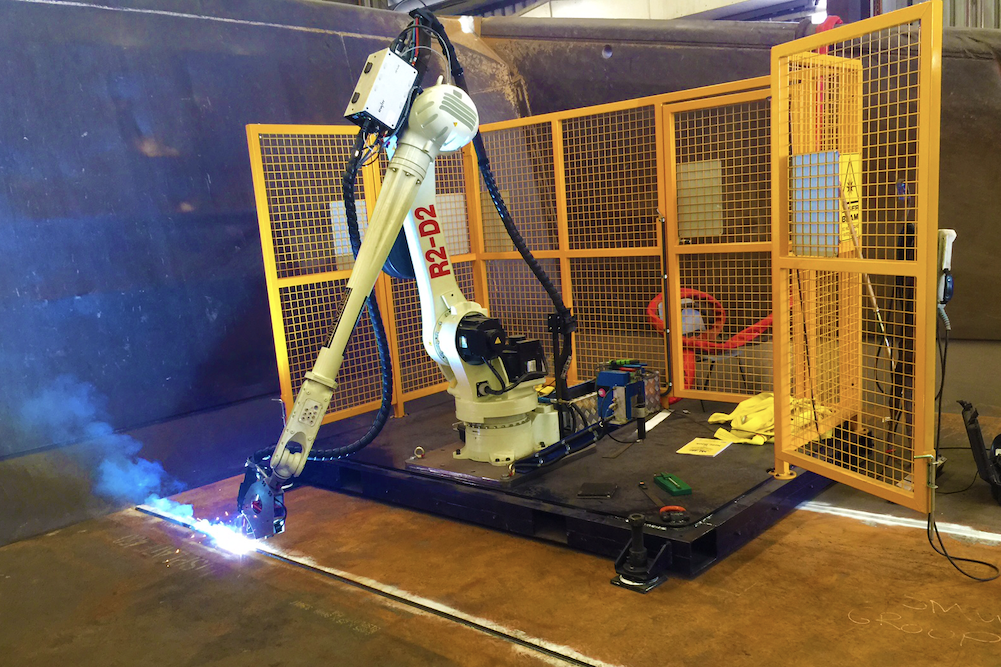
SMW Group
SMW Group in Queensland has automated their welding repair processes. The automation of welding repairs for mining industry dragline buckets had been dubbed impossible due to the size and geometry of the equipment, as well as the damage, distortion and uneven wear of components. However, utilising advanced laser seam tracking, adaptive welding software, and a new generation welding system, BOC and RTA built and installed a highly successful robot welding package. SMW has reduced its welding time by between 70% and 90%. It has also reduced overall production costs, improved safety, quality and reporting, and broadened its capabilities.
ASC Shipbuilding
The $500 million upgrade of the Osborne Naval Shipyard in South Australia included major investments in digital technology. This technology will provide ASC Shipbuilding with real-time insights into shipyard and supply chain performance, leading to enhanced productivity, safety and quality outcomes for the Hunter Class Frigates. One of the sheds within the Shipyard houses a fully automated panel line. Steel enters the highly automated fabrication hall at one end, is cut and welded into the 75-odd units that make up each of the frigates, and semi-blocks come out at the other end of the hall. This digitalisation will enable project partners to see plans in real time, identify and resolve issues faster, improve risk management and optimise production.
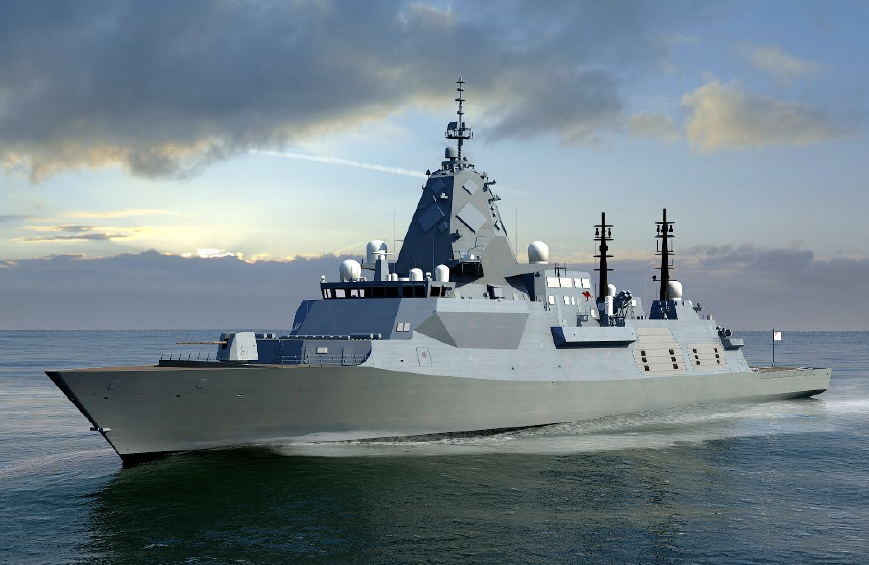
Welding 4.0 Training
Advanced technology is even having an impact on welder training. Increasingly, old-school training techniques are being complemented by innovative teaching methods that rely on augmented and virtual reality systems.
Augmented and virtual reality training systems are student-focused, allowing individual students to progress at their own pace. Welding apprentices learn and understand welding procedures and techniques through a more interactive training method, gaining hands-on experience in a controlled, safe environment. With zero risks involved, apprentices can respond to realistic scenarios without pressure or fear of injury. Augmented and virtual reality training is enabling future welders to acquire the skills and the self-confidence they need before moving into real-world workshops.
This type of technology is a key feature of Weld Australia’s national network of Advanced Welder Training Centres, which rely on Seabery’s Soldamatic augmented reality welding simulators. The Soldamatic simulators are able to certify 34% more welders in 56% less time, saving up to 68% on the overall cost of welder training. In addition, Soldamatic increases the time on arc by three to five times, and enables training institutes to educate four times more students while maintaining their existing lab infrastructure.
 The Future of Welding
The Future of Welding
Increasingly, Industry 4.0 methodologies, automation, robotics, co-bots and a raft of other advanced welding technology is becoming a critical factor in the success of globally competitive welders and fabricators.
A failure to invest in advanced welding technology could quickly become a failure to invest in the future of your business. After all, as the saying goes, ‘You can’t do today’s job with yesterday’s methods and expect to be in business tomorrow’.
Further Information
If you would like more information, please feel free to contact us.

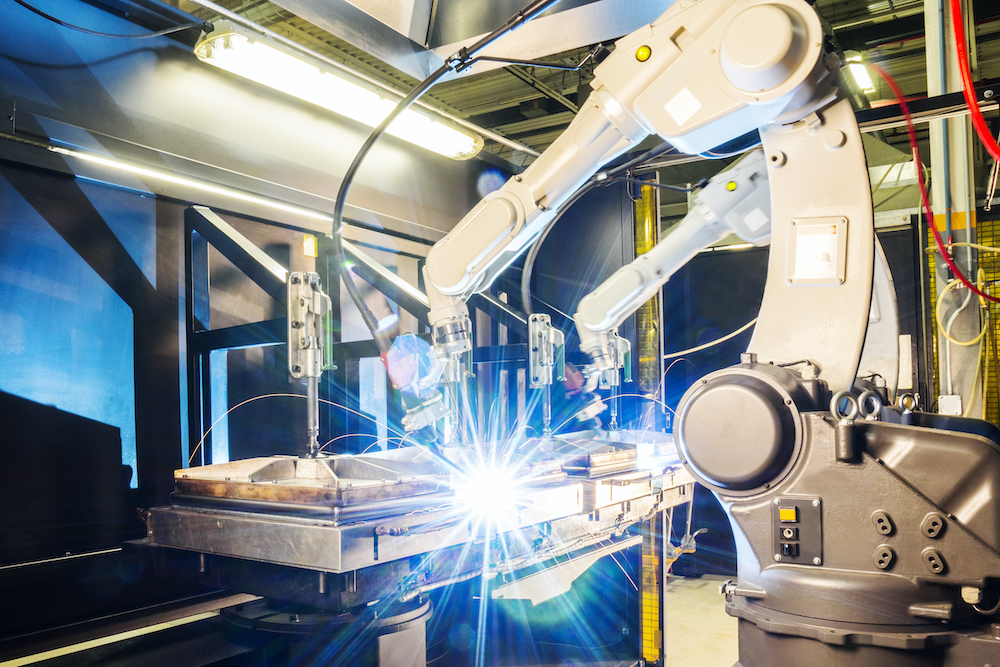 Benefits of Industry 4.0 for Welding
Benefits of Industry 4.0 for Welding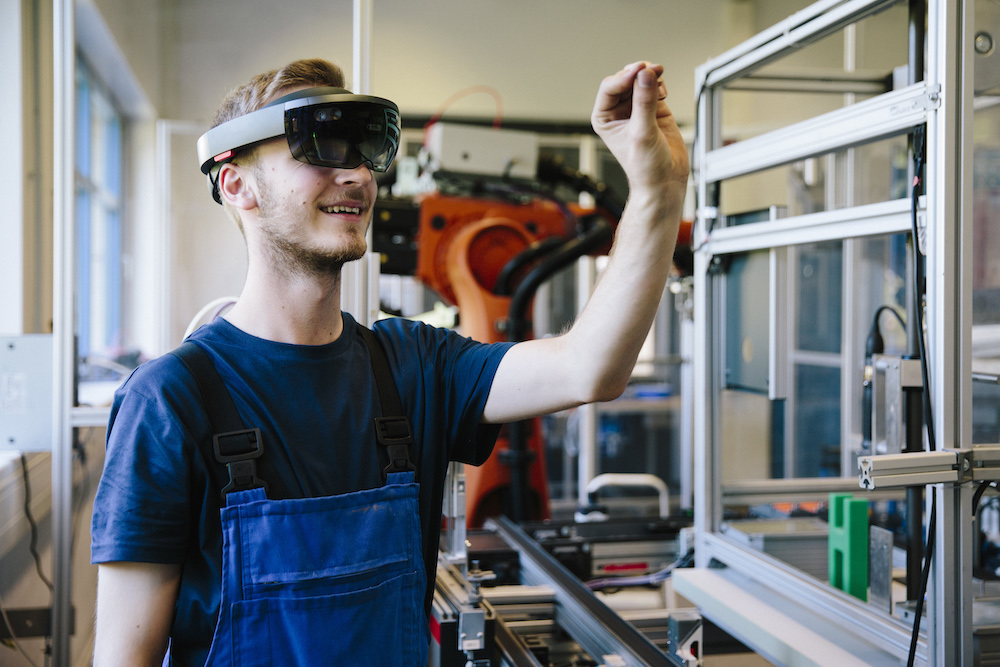 The Future of Welding
The Future of Welding